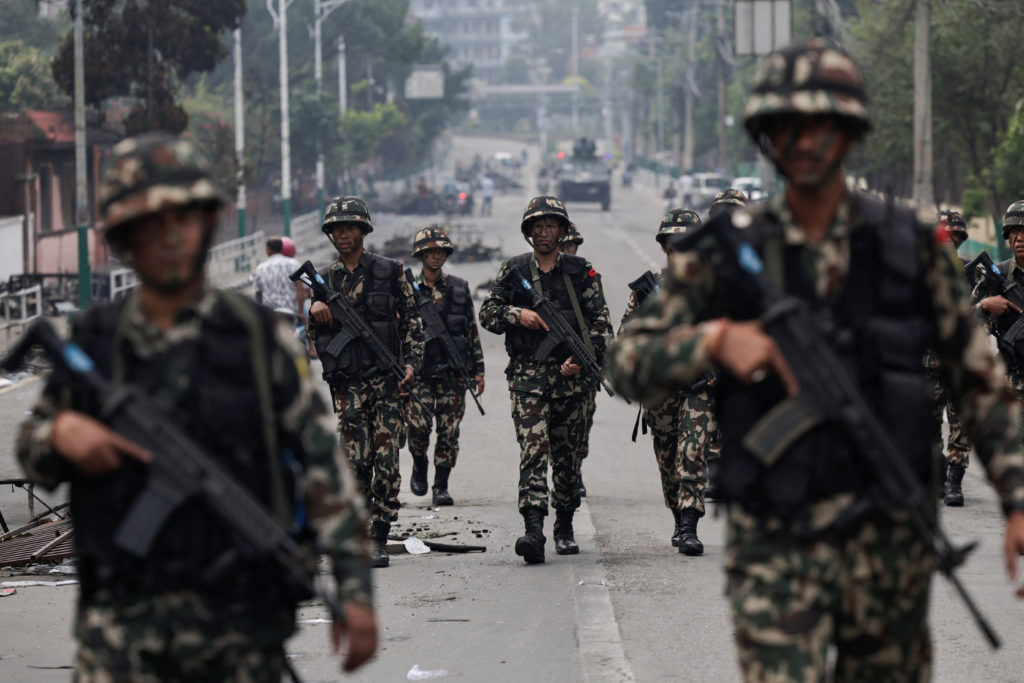Summary
Protests in Nepal have caused unrest in Kathmandu, leading to the deployment of soldiers to restore order after protesters attacked government buildings and politicians. The protesters propose Sushila Karki, a former chief justice, to lead an interim government. Anger initially arose over a social media ban and escalated with other issues, including accusations of political corruption.
Key Facts
- Soldiers are patrolling Kathmandu to restore order after violent protests.
- Protesters proposed Sushila Karki, a former chief justice, to head an interim government.
- Tensions rose after Nepal banned several social media platforms, sparking protests.
- The prime minister resigned amid growing unrest but remains in a caretaker role.
- Demonstrations, largely led by young people, focus on social media bans and broader dissatisfaction with political leadership.
- Soldiers arrested 27 suspects and managed a prison escape attempt during the protests.
- Protests intensified due to accusations of corruption and due to youth frustrations over unemployment and inequality.
- At least 19 people died in clashes after police fired on crowds protesting the social media ban.
